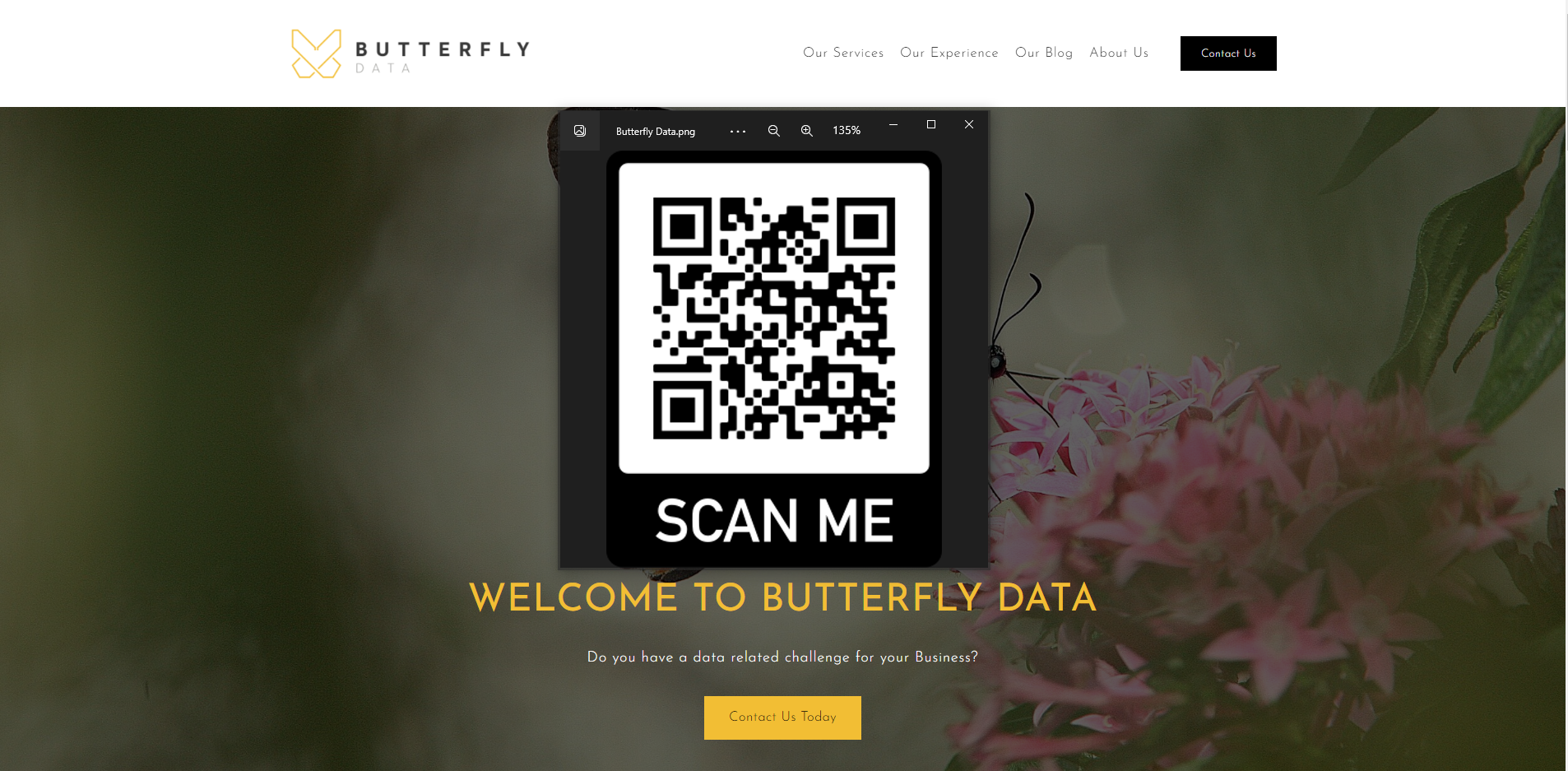The QR Code Comeback
The Quick Response, or QR code, was originally invented by car manufacturer Denso Wave in 1994 to track car parts as they were being built on Japanese assembly lines. The chief engineer Hara Masahiro drew his inspiration for the codes from his passion for board gaming: “I used to play go on my lunch break. One day, while arranging the black and white pieces on the grid, it hit me that it represented a straightforward way of conveying information. It was a eureka moment.” The technology caught on in Asia in the early 2000s with a subsequent boom in usage once mobile phones equipped with cameras became the norm.
The West were slow by comparison to catch on, and when they, did the QR code was considered a laughing stock and dismissed by many as being a bit lame. A tech crunch from 2015 makes the case that the revisitation of QRs image being helped along by social media giant snapchat:
“It became a joke worthy of HBO’s Silicon Valley: “Only Snapchat could make QR codes cool.” But it’s even funnier now because it has actually come true.”[CG1]
Users can scan a user’s “Snapcode” (Just a QR code with a more appealing name) which allows you to follow that user without the rigmarole of asking for emails, names, logging in and the hurdles that come with pronoun cation and manual input.
If in light of the pandemic you have noticed that QR codes are becoming more and more commonplace in the UK then you’re not alone. From a 2020 Statista survey conducted mid pandemic 46.75% of respondents agreed that QR Codes are seen more day to day than they had previously noticed. The pandemic was the perfect use case for the QR code, there are no papers to touch or fliers to touch so contact can be kept distance. The QR link is generated by the user, traffic can be monitored precisely for analytics and any data that needs to be communicated can be done via the back-end URL which the QR code points to. There is no limit to the number of codes that can be created and UTM parameters can be assigned and tracked to each giving the functionality for wide spread insights without being conscious of costs. Many companies even choose to send every unique parcel with a unique tracking QR code. FurtherReal world use cases for these monochromatic mosaics are becoming more and more commonplace in light of the pandemic with several popping up everywhere, at restaurants, advertisements, business cards, log-ins and item tracking making them an essential tool in the worlds of customer service, marketing and logistics.
With more or less everyone in 2022 having a camera phone or device capable of access there is no longer any barrier to entry in use, meaning QR step out from the obscure to mainstream was only an inevitability accelerated by necessity.
But will we ever risk running out QR Codes?
Short Answer:
Never.
Long Answer:
A QR Code is basically just an encoding of characters so that they can be easily interpreted by a computer. The QR code for the website www.butterflydata.co.uk will be identical, regardless of where it is generated so the idea that every new QR code generated from any sources would be bespoke is not accurate. The QR code will reserve pixels in order to tell your smartphone that it is actually, looking at a QR code, as well as redundancies being built in so that if a noticeable portion of the QR code was covered or broken it should still get you to where you need to be.
Even if with these limitations in mind, the numbers of unique figures are staggeringly large. Standard QR codes can contain a maximum capacity of 23,624 bits which means that the maximum possible permutations allowed is 3.4*10^7111 or 34 with 7110 zeros afterward. An unbelievably huge number giving us enough QR codes to catalogue each and every of the 107040 atom in the observable universe.
The barrier of entry to QR codes have been well and truly lowered with technologies and society now fully embracing our robot tattoo friends. Creation and adoption can be done by almost anyone for almost limitless possibilities a near infinite number of times so why not get involved with the Western comeback of the QR code? Don’t miss out on the creative possibility these gateways can offer and do it knowing that the possibilities are almost endless!


